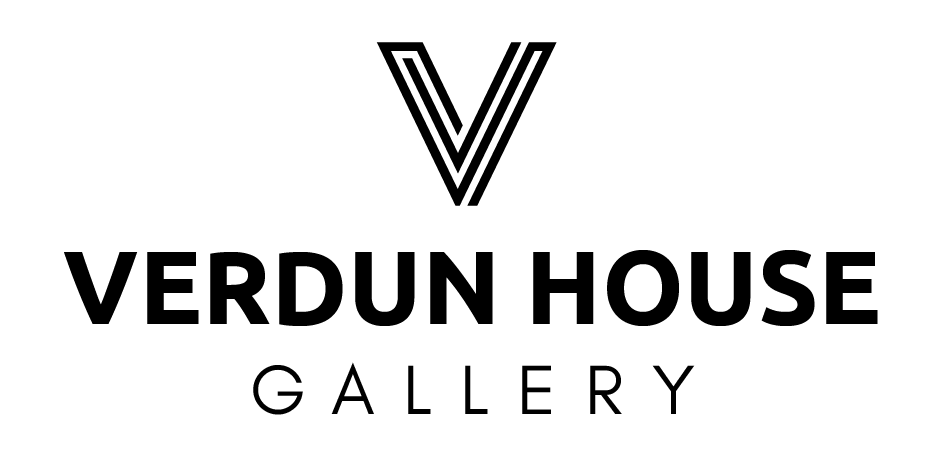That doesn’t look right!
“That view doesn’t look like that!” It’s a comment I hear surprisingly often when I share certain landscape images on social media. Some people assume I must have blended photos together, swapped skies, or even dropped mountains into the frame. But in most cases, what they’re reacting to is something far less mysterious, a simple effect called lens compression.
Lens compression happens when a longer focal length lens (such as a telephoto) is used. By standing further back and zooming in, the lens makes objects appear closer together than they really are. Mountains stack up more tightly, valleys look narrower, and the background looms larger behind the subject. It can be visually striking, but it’s not “fake” - it’s just optics.
The opposite happens with a wide angle lens. At shorter focal lengths, the scene feels stretched. Objects in the foreground can look much bigger than they really are, while the background seems to fall away into the distance. That’s why wide angles are often used to capture sweeping, immersive views.
Most phone cameras use wide angle lenses by default, which is why your landscape shots on a phone often look a little “flatter” and less dramatic than those taken with a telephoto lens. It’s not that the view has changed, it’s just the perspective.
Neither effect is trickery, they’re just different ways of interpreting what’s in front of you. Understanding how focal length changes the look of a scene is part of the photographer’s craft. It’s one of the many creative choices that go into making an image feel dramatic, balanced, or expansive.
So next time you see a photo that makes you think, “that doesn’t look right,” it might simply be the lens at work.
